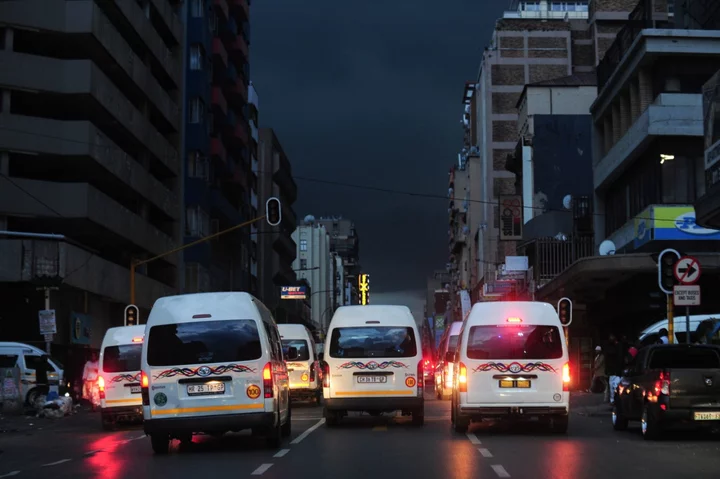Bangladesh and Myanmar ordered hundreds of thousands of people to evacuate ahead of a severe cyclone that’s set to hit the two nations on Sunday, potentially causing widespread destruction to one of the most vulnerable areas in the region.
Wind speeds could be as high as 210 kilometers (130 miles) per hour at the time of Cyclone Mocha’s landfall, according to the latest forecast from the India Meteorological Department. It’s also predicted to cut across an area in Bangladesh, home to the world’s largest refugee camp which contains about a million Rohingyas. The storm will be equivalent to a category 4 hurricane.
The World Meteorological Organization, a United Nations agency, has warned of heavy rain, flooding and landslides potentially affecting “hundreds of thousands of the world’s most vulnerable people,” including the Rohingya refugees in Bangladesh and six million people in need of humanitarian assistance in neighboring Myanmar’s Rakhine state.
Storms in the region are not unusual at this time of year, but Cyclone Mocha comes at a time of increased attention to extreme weather, after parts of Asia grappled with severe heat in April and May. With climate change and a looming shift in patterns toward El Nino conditions, heat waves and large storms could become more frequent or intense.
The ability of governments to respond to such threats is crucial.
Cyclone Nargis in May 2008 was the worst natural disaster in the history of Myanmar. More than 140,000 people were killed, and the lives of 2.4 million more were affected.
Myanmar’s civil war has intensified since the military took power in a coup in 2021. The fighting has displaced over a million people, especially the minority Rohingya, whom the UN has alleged are subject to “ethnic cleansing” by the military. The ruling junta has issued an evacuation order to about one million people in seven townships in Rakhine State, although many more in other parts of the country are also likely to be affected.
The country’s meteorological office has raised its alert warning for the cyclone to red, the highest level, and advised those living in western coastal areas to evacuate as soon as possible. The junta has also banned fishing and entry to beaches and coastal areas across the whole nation.
In Bangladesh, about 500,000 people in coastal districts are being evacuated, with authorities warning that low-lying areas in some coastal districts and offshore islands are likely to be inundated with up to 12 feet of tidal surges above normal levels.
Bangladesh has also asked farmers to harvest rice crops immediately, and suspended a public exam for two million secondary school students scheduled for Sunday.
In other economic activity affected by Cyclone Mocha:
- Bangladesh’s key seaport in Chattogram was closed on Friday night, according to Omar Faruk, secretary of the port authority
- Bangladesh said it’s halted the supply of liquefied natural gas from two floating terminals off the Moheshkhali Island in Cox’s Bazar
- South-bound river transport in Bangladesh has been suspended, said Saiful Islam, a director of the Bangladesh Inland Water Transport Authority
- Domestic flights to Myanmar’s Rakhine state have been suspended since Friday, and bus lines have canceled their routes there
--With assistance from Pratik Parija and Kevin Varley.
(Updates to add details from India’s weather office in second paragraph.)
Author: Arun Devnath, Khine Lin Kyaw and Low De Wei









